Agusan del Sur is composed of 13 municipalities that are divided into two districts. District 1 comprises six municipalities: Bayugan City, Esperanza, Prosperidad, San Luis, Sibagat, and Talacogon. Meanwhile, District 2 is composed of eight municipalities, including Bunawan, La Paz, Loreto, Rosario, San Francisco, and Sta. Josefa, Trento, and Veruela. Each municipality has unique characters and attractions, offering visitors and residents diverse experiences. Let’s explore more about these municipalities and what makes them special.
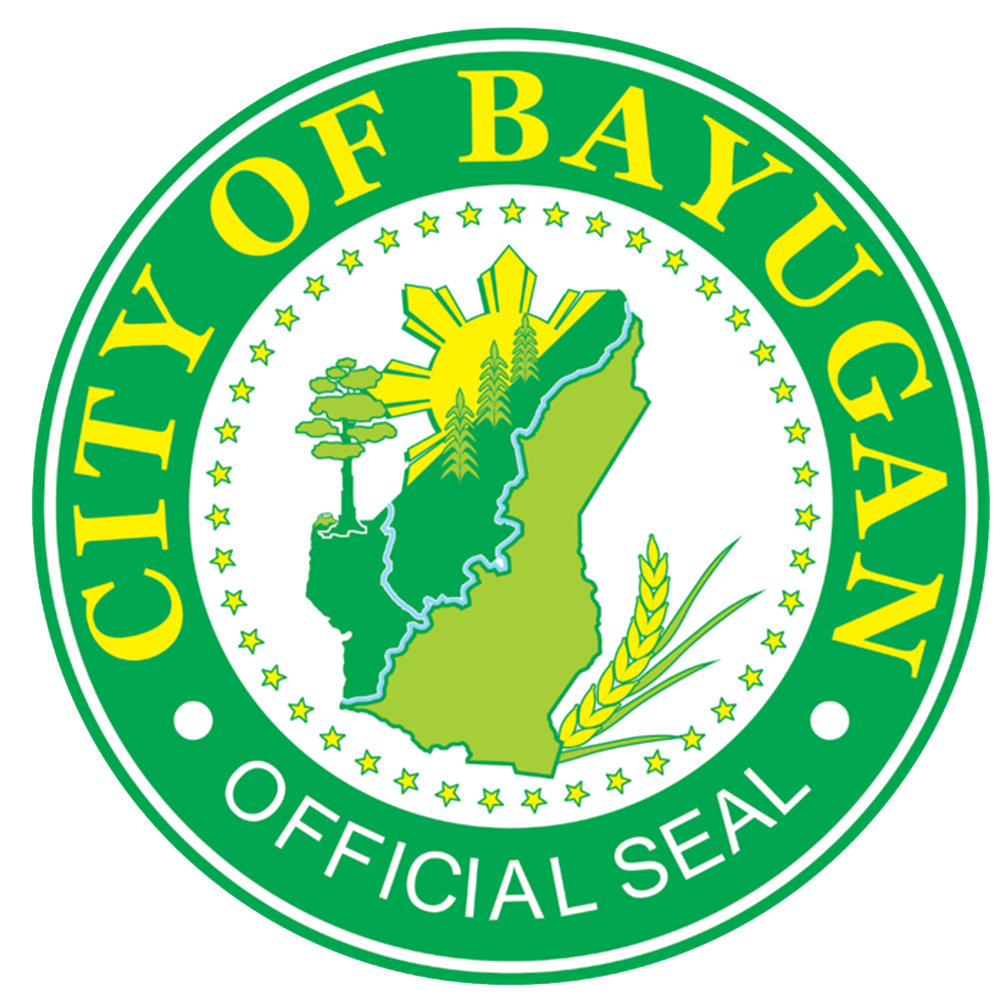
Bayugan City
Bayugan, the only city in Agusan del Sur, obtained its cityhood status through the enactment of Republic Act No. 9405. Positioned in the northern region of Agusan del Sur, Bayugan is renowned as the “cut-flower capital” of the province, owing to its thriving cut flower industry. The local climate in the highland barangays is well-suited for producing high yield cut-flowers. In addition, the city is a significant contributor to the province’s agricultural sector, being one of the primary producers of rice and vegetables, and even supplying neighboring municipalities and provinces.
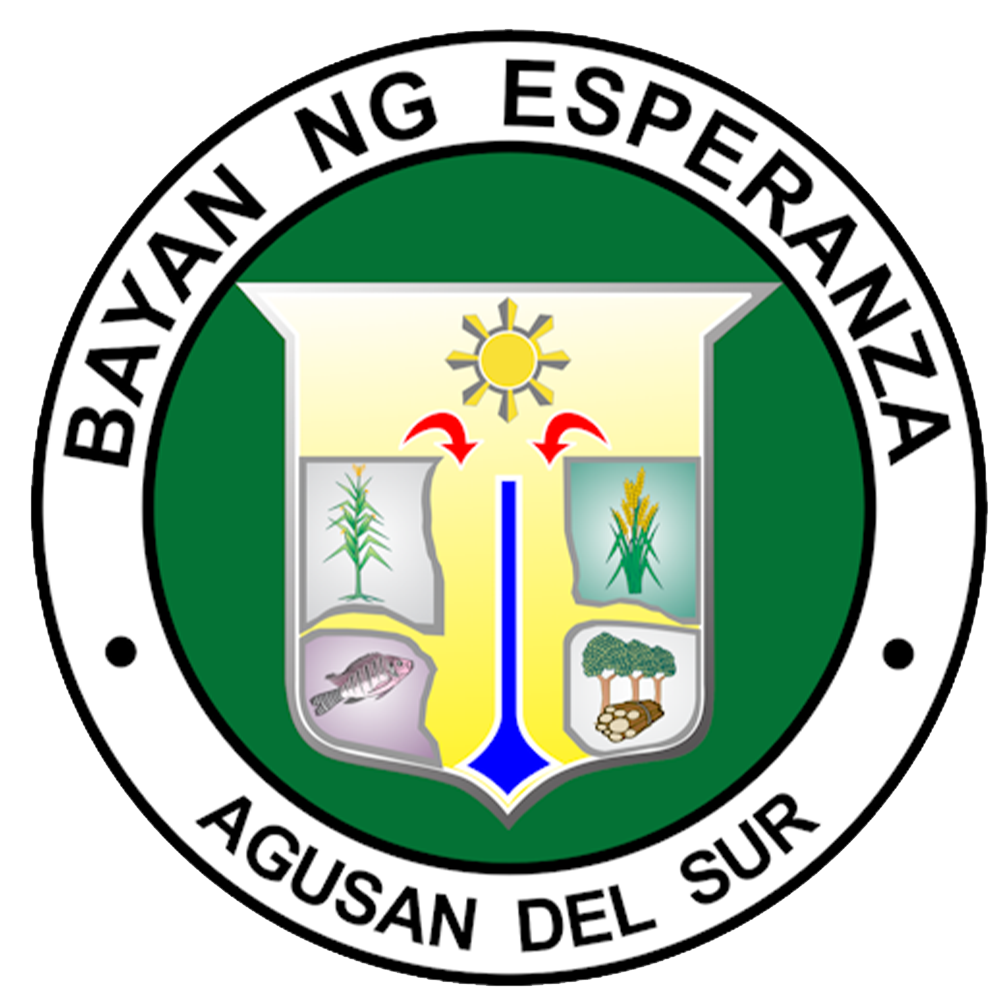
Esperanza
Esperanza, the oldest town in northern Agusan del Sur, used to be the largest municipality in the province in terms of land area until the late 20th century. However, several municipalities were established out of its territories, namely Las Nieves, San Luis, Sibagat, and Bayugan, which eventually became a city and have since surpassed Esperanza in terms of economy and population.
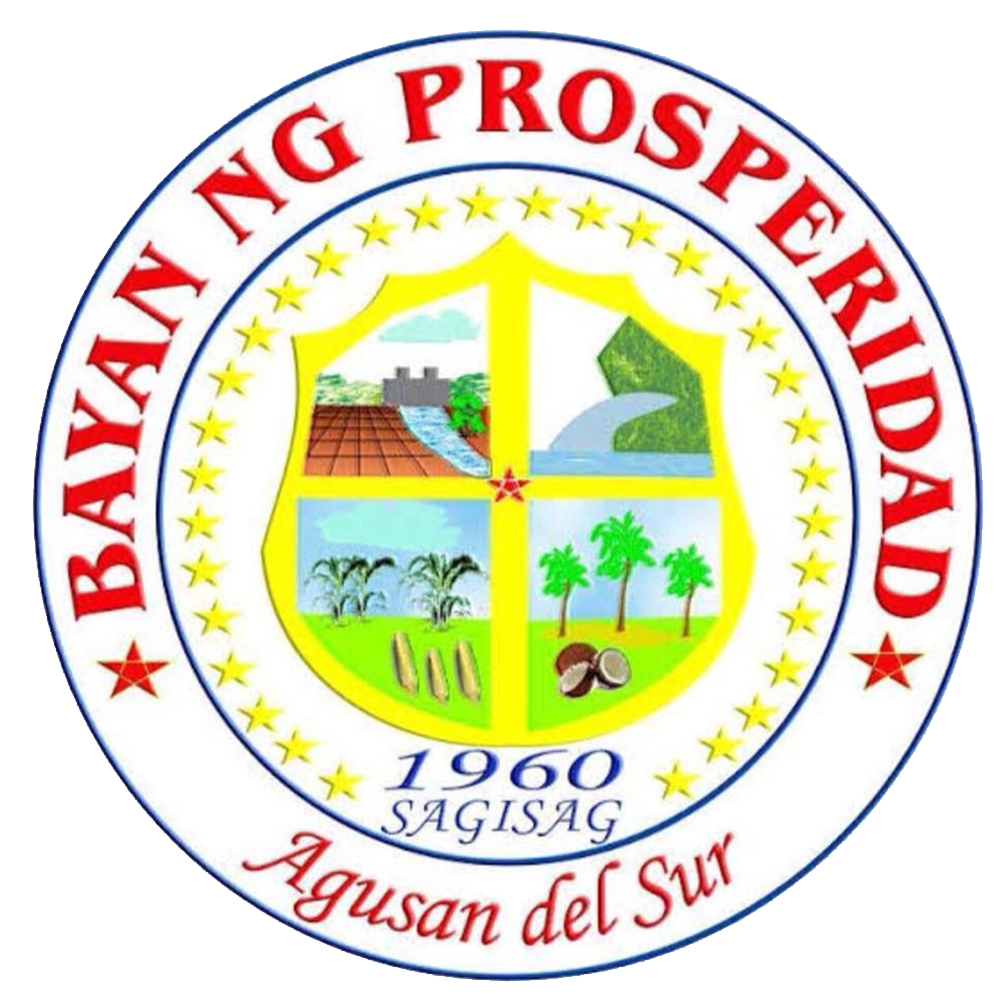
Prosperidad
On June 18, 1960, Republic Act No. 2650 established Prosperidad as a municipality. The town of Prosperidad is renowned for hosting the Naliyagan Festival, an annual celebration that involves the whole province of Agusan del Sur. Additionally, it holds its own festival called the Angot Festival, celebrated every 28th of September, in honor of St. Michael the Archangel.
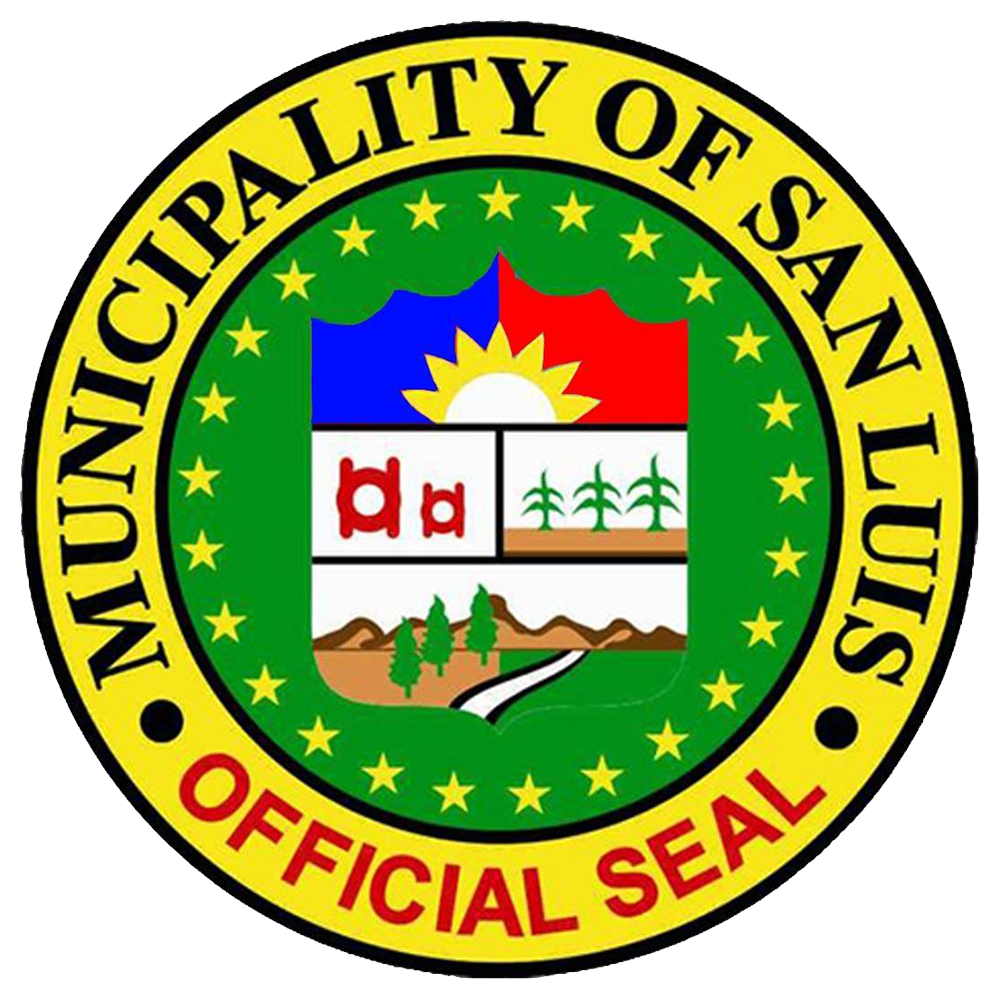
San Luis
On June 15, 1968, San Luis was established as a municipality by separating the barrios of San Luis, Santa Inez, Nuevo Trabajo, Cualision, and Baylo from Esperanza and forming a new town under Republic Act 5262. Since the 1970s, the local economy of San Luis has predominantly relied on logging industries.
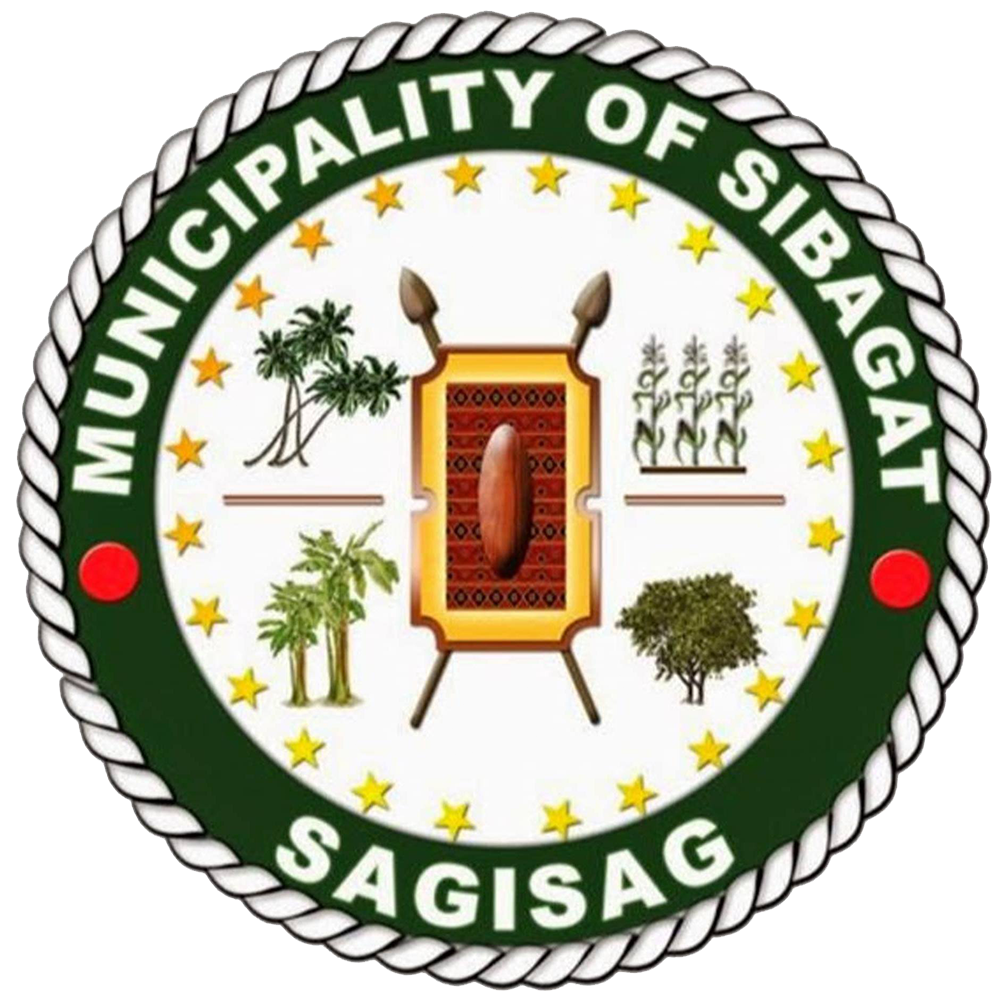
Sibagat
Positioned in the northernmost part of the province, the town is commonly referred to as the “Gateway to Agusan del Sur” and “The Last Frontier of Agusan del Sur”. The town plays a significant role in the agricultural sector of the province, as it is a major producer of crops such as coconut, banana, vegetables, and notably, abaca.

Talacogon
Talacogon was named after the cogon grass that thrived in the area, and it was the indigenous people who resided in the region before the Spanish arrived in the Agusan River basin in the 18th century who gave it this name.
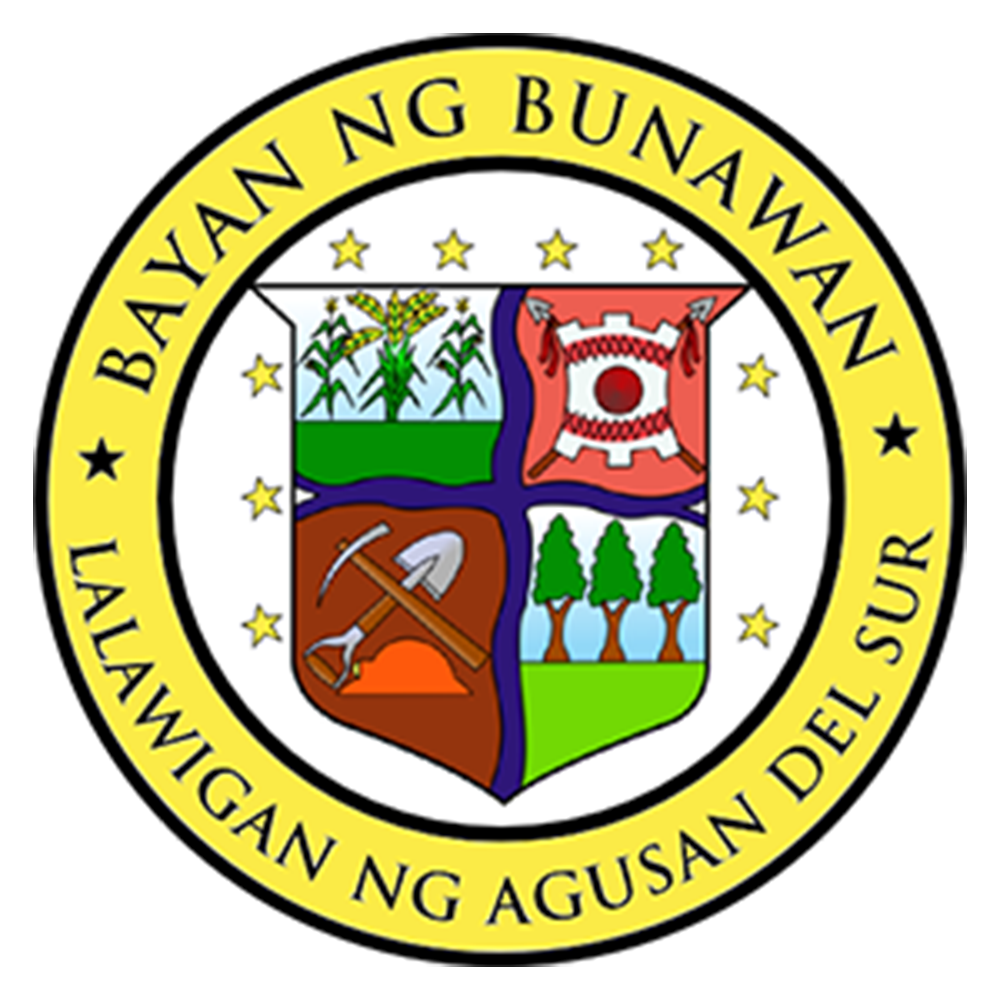
Bunawan
Republic Act No. 2517 established Bunawan as a municipality on June 21, 1959. In September 2011, the world’s largest crocodile, Lolong, was captured in the town.
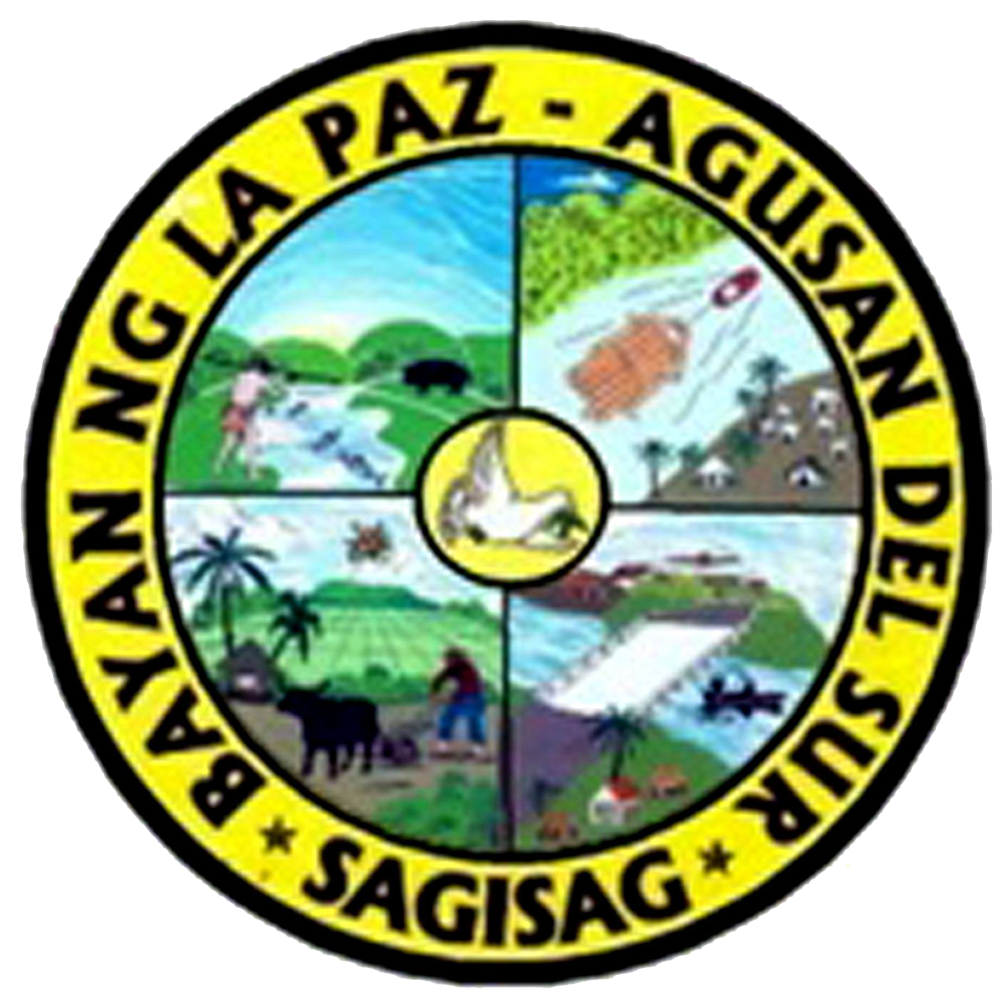
La Paz
With a land area of 1,481.12 square kilometers (571.86 sq mi), the municipality comprises 14.83% of the total area of Agusan del Sur, which is 9,989.52 square kilometers (3,856.98 sq mi). This makes La Paz the largest municipality in the Philippines in terms of land area.
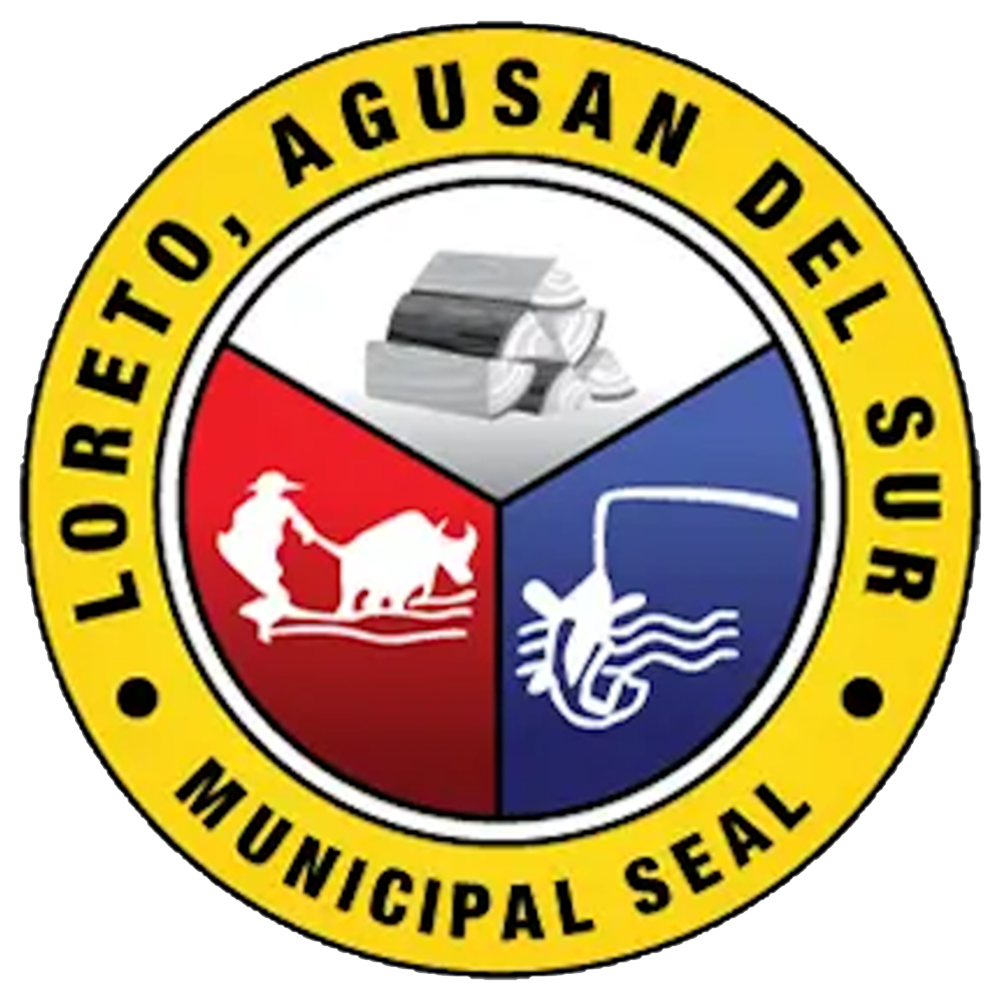
Loreto
The arrival of the Spaniards in the upper reaches of Agusan and the discovery of the Manobos actually occurred in the year 1600, long before Fr. Urios came to the region in the 1880s. The Manobos were persuaded to form a settlement and live in a community, which was named “Loreto” on March 30, 1965, in honor of Fr. Urios’s hometown in Spain.
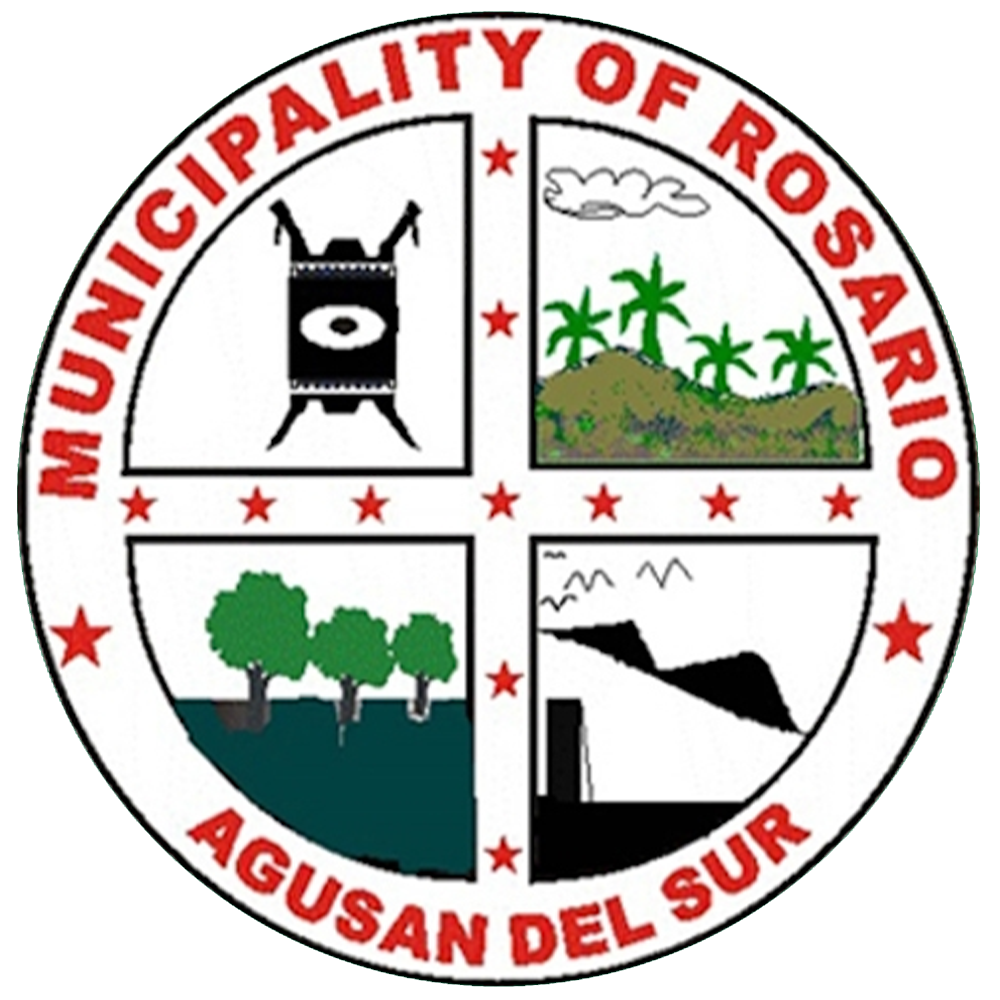
Rosario
Previously, Rosario was a part of San Francisco until it became a separate municipality on June 21, 1969, through the enactment of Republic Act No. 5760. The town was named after its patron saint, Nuestra Senora del Rosario.
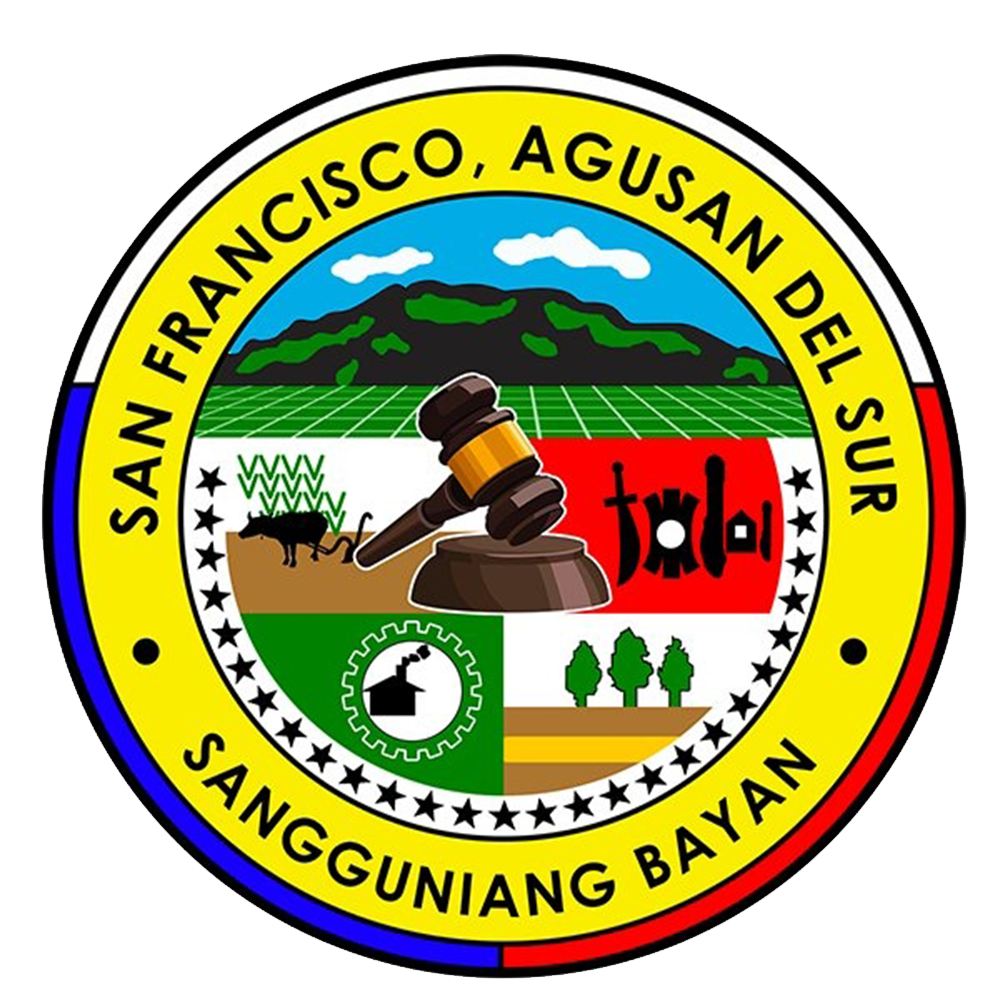
San Francisco
San Francisco can serve as an entry point to the Agusan Marsh Wildlife Sanctuary through the Barangays Caimpugan and New Visayas.
The town is famous for the massive Toog Tree of Alegria, which holds significant spiritual value for the indigenous people of San Francisco. Additionally, the town is renowned for its Irosin stone crafts, which have been a traditional cottage industry for many indigenous families in the area for centuries.
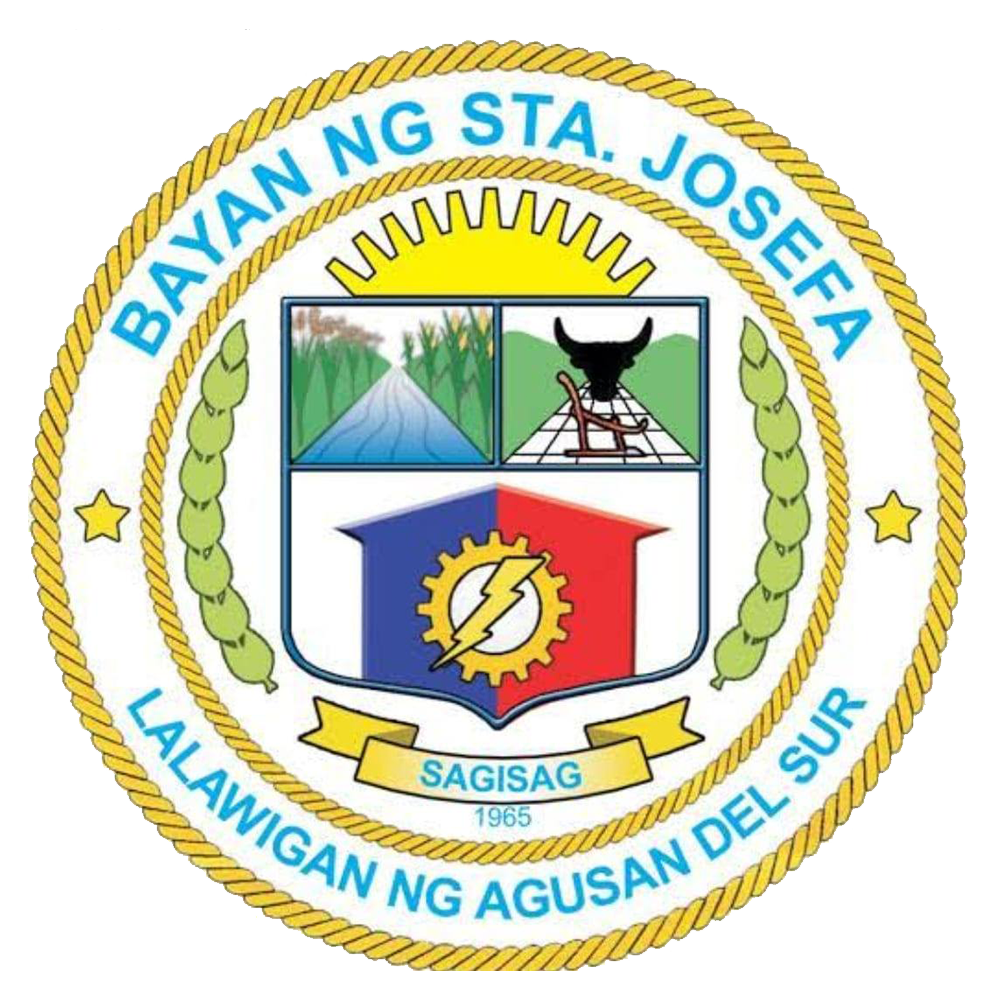
Santa Josefa
Santa Josefa is a third-class municipality in the province in the southernmost settlement in the province.

Trento
Before becoming a separate municipality, Trento was known as Bahayan, a barangay of Bunawan named after a lead sinker used in fishing nets. On June 15, 1968, Trento was established as a distinct municipality through Republic Act No. 5283. The town was named after the Council of Trent.
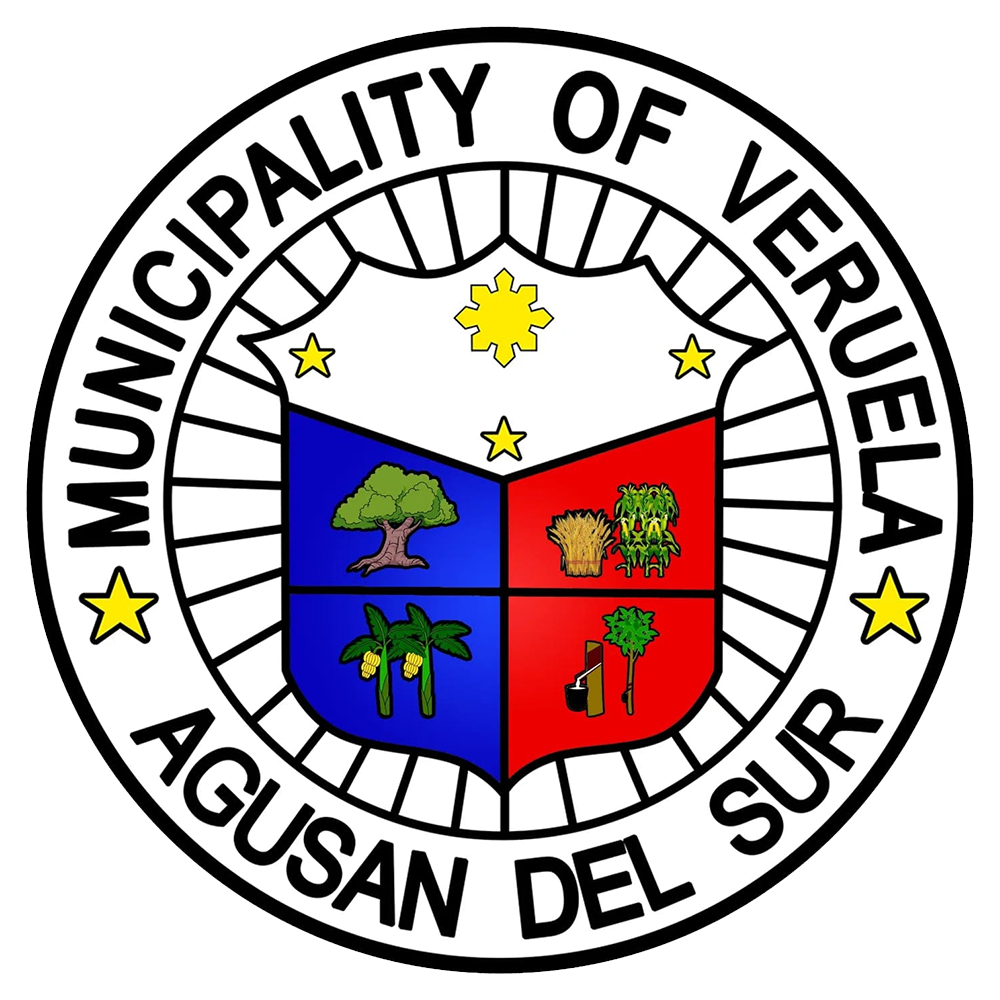
Veruela
One theory is that it was named after the town of Veruela in Spain. Another theory suggests that it was derived from the Visayan word “berwela,” which means a place where bamboo rafts are made. Yet another theory claims that it came from the Manobo word “vuroha,” which means “a place where there are many springs.”
Transparency Report
Contact Us
📞 Contact Number:
Hotline: (085)-242-1061 / (085)-242-1064
📧 Email Address:
mail@pgas.ph
For more information about the Province of Agusan del Sur